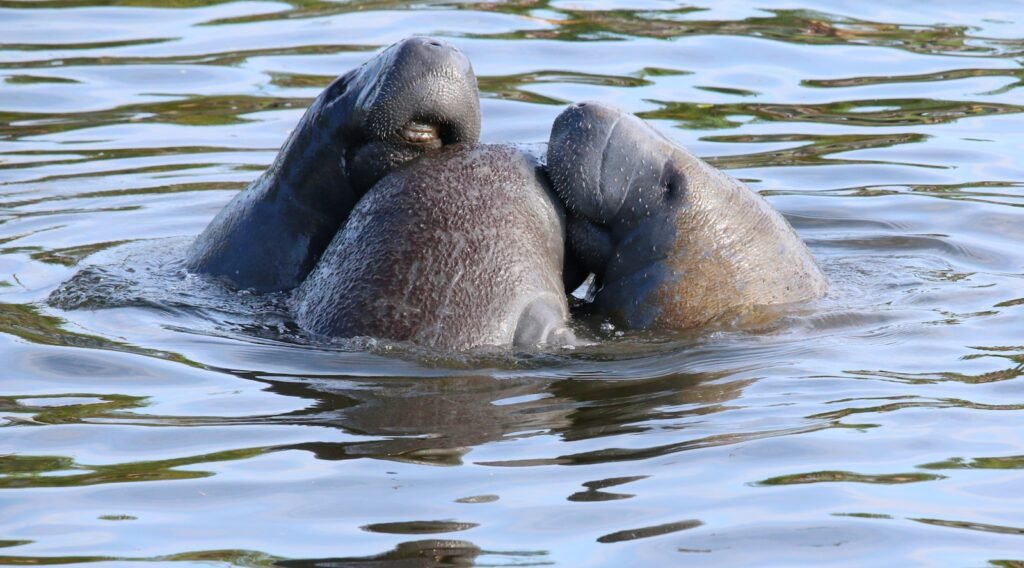The 21st century has been a remarkable era for the discovery of new animal species and the unraveling of extraordinary behaviors and adaptations in the animal kingdom. Advances in technology, exploration, and research methodologies have allowed scientists to peer deeper into the natural world. This article delves into some of the most fascinating animal discoveries made so far in this century.
The Discovery of the Tapanuli Orangutan
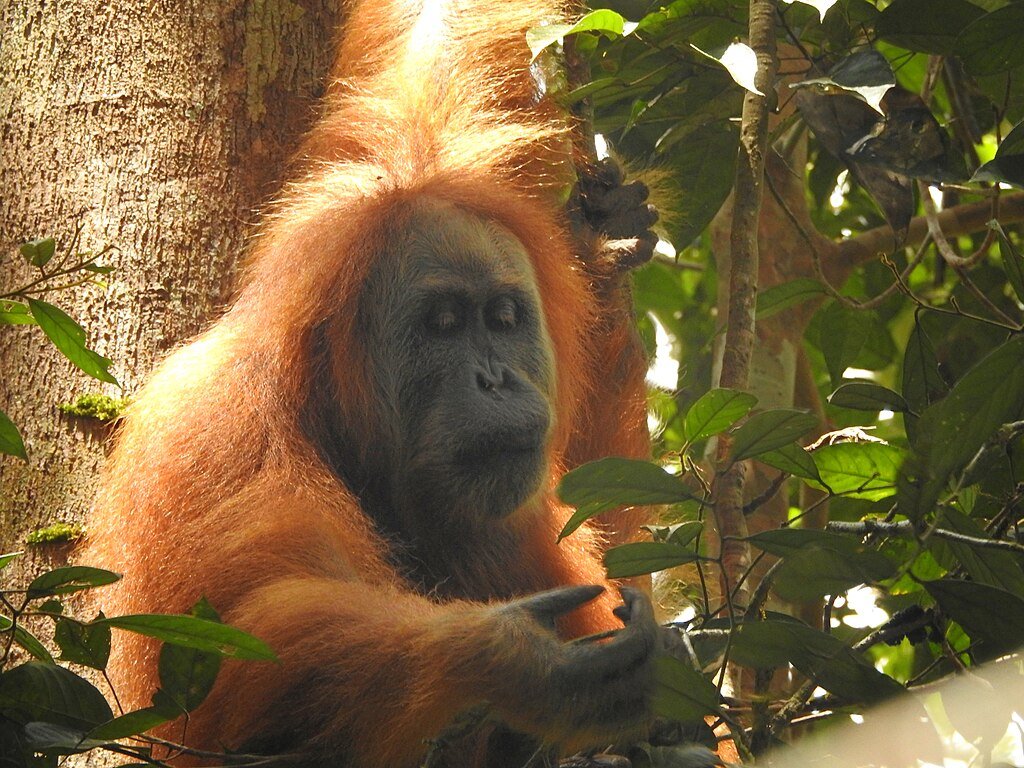
In 2017, scientists announced the classification of a new species of great apes, the Tapanuli orangutan (Pongo tapanuliensis), in the remote forests of Sumatra, Indonesia. This discovery marked the first new great ape species in nearly a century. With only about 800 individuals remaining, the Tapanuli orangutan is critically endangered, highlighting the urgent need for conservation efforts in its habitat.
Unveiling the Yeti Crab

First spotted in 2005 near the hydrothermal vents of the Pacific Antarctic Ridge, the Yeti crab (Kiwa hirsuta) amazed scientists with its hairy pincers, believed to house bacteria that detoxify the poisonous gases emitted by the vents. This previously unknown species belongs to a new family of crustaceans, showcasing the incredible adaptability of life in extreme environments.
The Blue Calamintha Bee Resurface
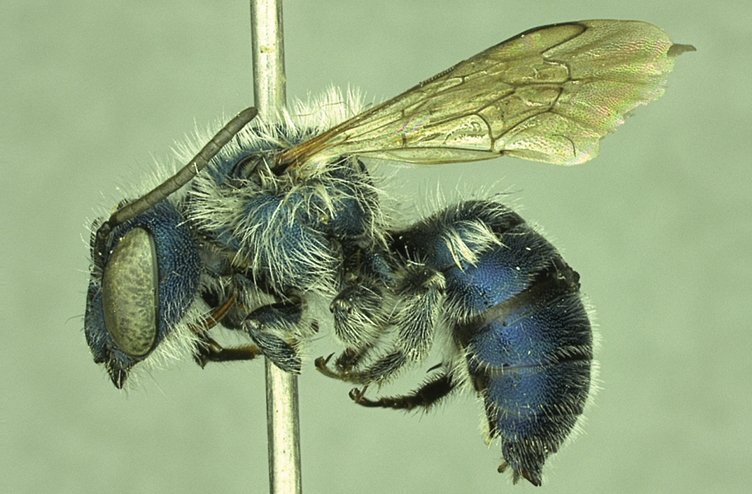
Presumed extinct for over a decade, the blue calamintha bee (Osmia calaminthae) re-emerged in Central Florida in 2020. This vibrant metallic blue bee’s rediscovery is a reminder of the resilience of species and the importance of preserving native plants and habitats that support pollinator populations.
The Dwarf Water Buffalo of the Philippines
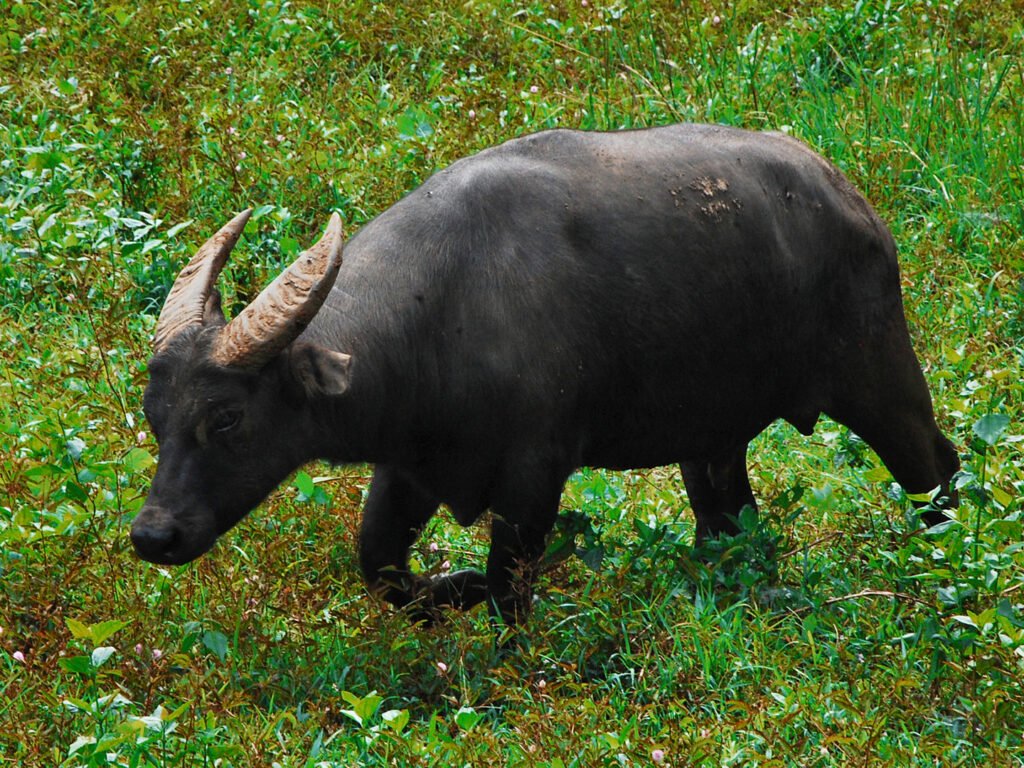
The tamaraw (or Mindoro dwarf buffalo) is a rare bovine species exclusive to the island of Mindoro in the Philippines. Extensive surveys in the early 21st century revealed important data about its diet, behavior, and dwindling population, crucial to its conservation efforts. The tamaraw is a symbol of resilience amidst habitat loss and human encroachment.
The Enigmatic Fossil Fish: The Coelacanth

Once thought extinct, this “living fossil” was discovered anew in the 21st century off the coast of Indonesia. With an ancestry dating back 400 million years, the coelacanth provides invaluable insights into vertebrate evolution. Recent studies reveal its exceptional lifespan and slow reproduction rate, posing challenges for its conservation.
Spectacular Symbiosis: The Bobtail Squid
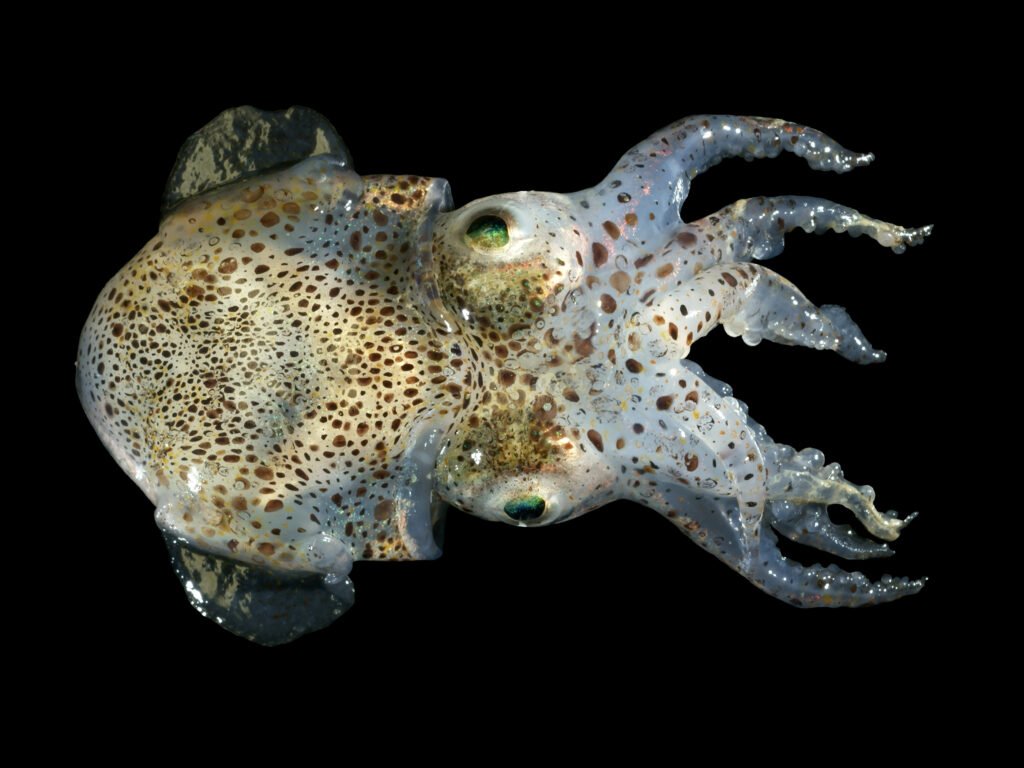
The Hawaiian bobtail squid (Euprymna scolopes) offers a stellar example of symbiosis. Recent research has delved into its mutually beneficial relationship with bioluminescent bacteria, which the squid uses to camouflage itself from predators during nighttime hunting. This discovery has furthered our understanding of microbiomes fundamental to many organisms.
The Seabed’s Glow: The Bioluminescent Lanternshark
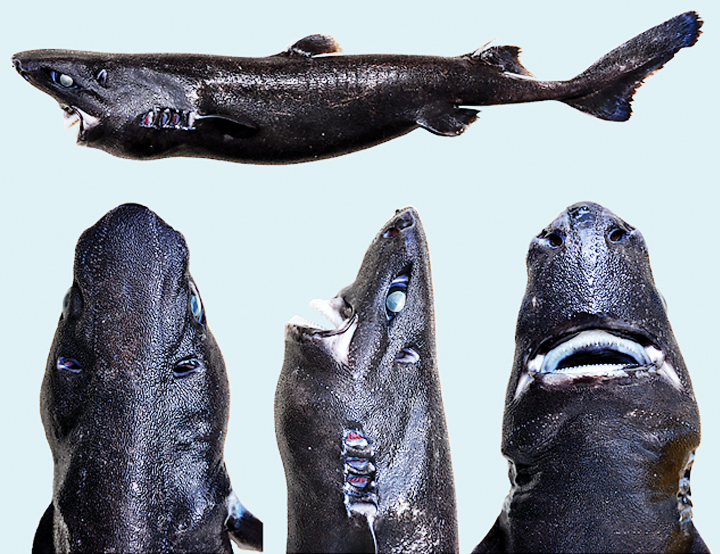
In 2011, scientists discovered the Etmopterus benchleyi, commonly known as the ninja lanternshark. Found deep in the Pacific Ocean, this shark uses bioluminescence to blend with the faint light overhead, both avoiding predators and surprising prey. Its discovery sheds light on the unexplored mysteries in the ocean’s depths.
The Saola: The Asian Unicorn

While discovered in the 1990s, the Saola’s secretive nature means much about it remains unknown. However, advancements in camera trap technology in the 21st century have captured rare footage and provided insights into its behavior and elusive habitat in the Annamite Mountains of Vietnam and Laos, driving crucial conservation efforts.
The Unique Parenting of Male Seahorses

Recent studies into the seahorse family have emphasized the complex dynamics of male pregnancy. Male seahorses nurture embryos in a specialized brood pouch, supplying oxygen and nutrients. This discovery has shed light on evolutionary adaptations, reproductive roles, and gender dynamics in the animal kingdom.
Conclusion

The 21st century continues to unveil the world’s hidden animal wonders, challenging our perceptions and understanding of the animal kingdom. Conservation in the face of rapid environmental change remains paramount, urging us to deepen our stewardship of our planet’s biological treasures.

Linnea is a born and bred Swede but spends as much time as possible in Cape Town, South Africa. This is mainly due to Cape Town’s extraordinary scenery, wildlife, and atmosphere (in other words, because Cape Town is heaven on earth.) That being said, Sweden’s majestic forests forever hold a special place in her heart. Linnea spends as much time as she can close to the ocean collecting sea shells or in the park admiring puppies.



